The Real Reason Your Houseplants Are Dying (And How to Finally Stop It)
After spending countless years in professional greenhouses and helping folks with their plant problems, I’ve seen it all. Seriously. I’ve watched someone drop $150 on a gorgeous Fiddle Leaf Fig only to have it look like a sad, leafless stick a month later. On the flip side, I’ve seen a college student rescue a nearly dead Spider Plant and bring it back to glorious life with just a couple of simple tweaks.
In this article
So, what’s the secret? Let’s get one thing straight: the whole “green thumb” idea is a myth. It’s not some magical gift you’re born with. The real difference is learning to think like a plant and understand the world from its perspective.
Plants aren’t just pretty decor; they’re living things trying their best to survive in a totally alien environment—your house. We are their entire ecosystem. Success isn’t about following rigid rules; it’s about learning to read the signals your plant is sending you. This is a peek into how the pros think, built on a whole lot of trial, error, and observation.
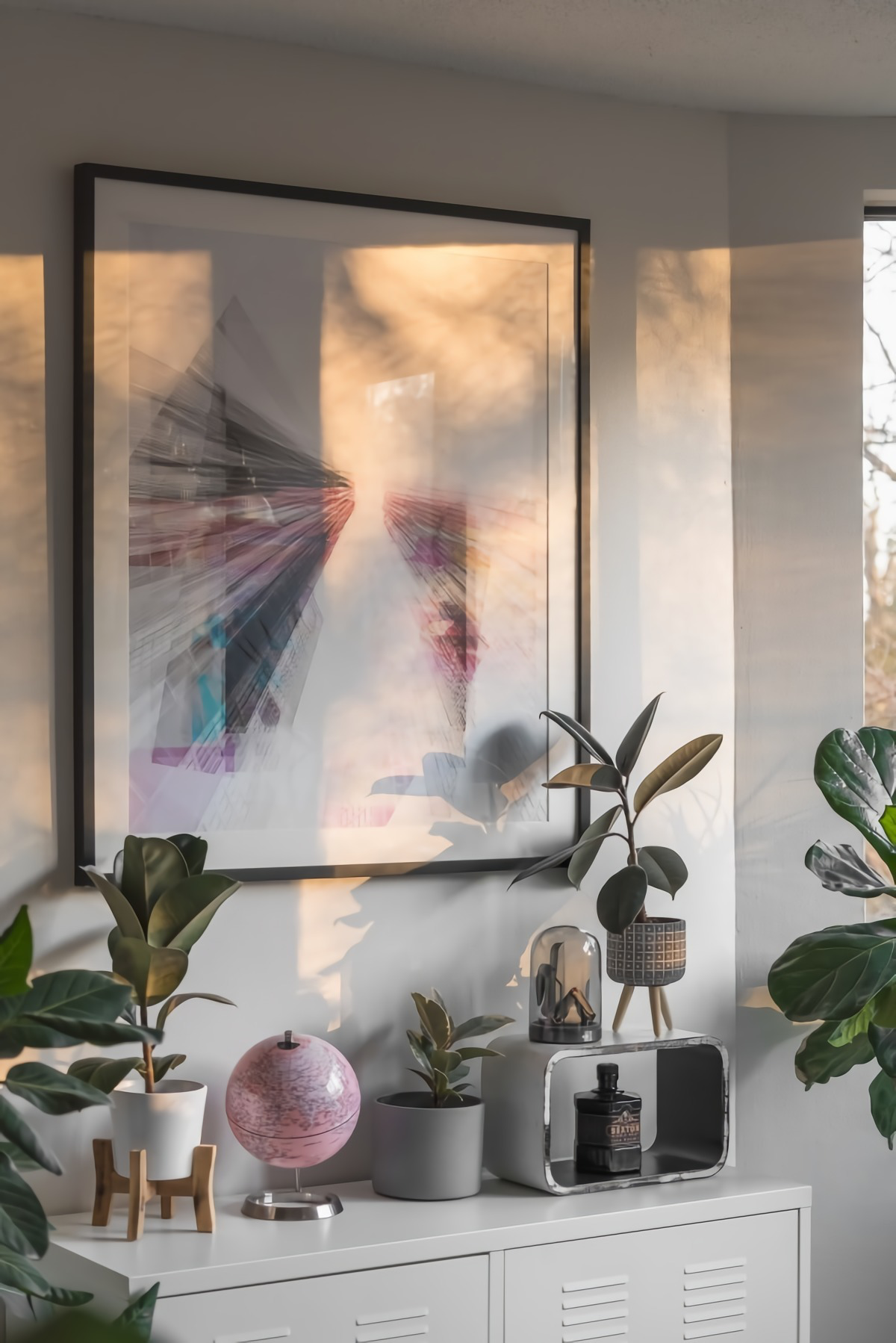
Light: It’s Way More Than Just a Sunny Window
Honestly, the number one mistake I see, time and time again, is a misunderstanding of light. We see a tag that says “bright, indirect light” and think a spot ten feet from a window is perfect. But here’s the deal: light intensity plummets with every single foot you move away from the source. What looks bright to our eyes can feel like a dark cave to a plant.
Think about it this way. A plant that needs “bright indirect” light, like a Ficus or a Croton, is looking for a consistent, strong dose of light for hours a day to really flourish. A low-light champ like a ZZ Plant or Snake Plant might survive in a darker corner, but it’s not happy. It’s just tolerating the conditions, not thriving in them.
Quick tip: Try the hand shadow test. It’s surprisingly accurate. Hold your hand about a foot above where you plan to put your plant.
- A sharp, well-defined shadow? That’s direct light. Too intense for many.
- A softer shadow, but one you can still clearly see? Perfect! That’s the bright, indirect light most houseplants crave.
- A faint, fuzzy shadow? That’s low light. Only for the toughest plants.
- No shadow at all? You’ll need a plant that’s basically a vampire, or… a grow light!
Oh yeah, and if your home is just naturally dark, don’t despair! You can turn almost any corner into a prime plant spot with a simple full-spectrum LED grow bulb. You don’t need a fancy setup—just screw one into a regular lamp. A good bulb will run you about $15 to $30 and can be a total game-changer.
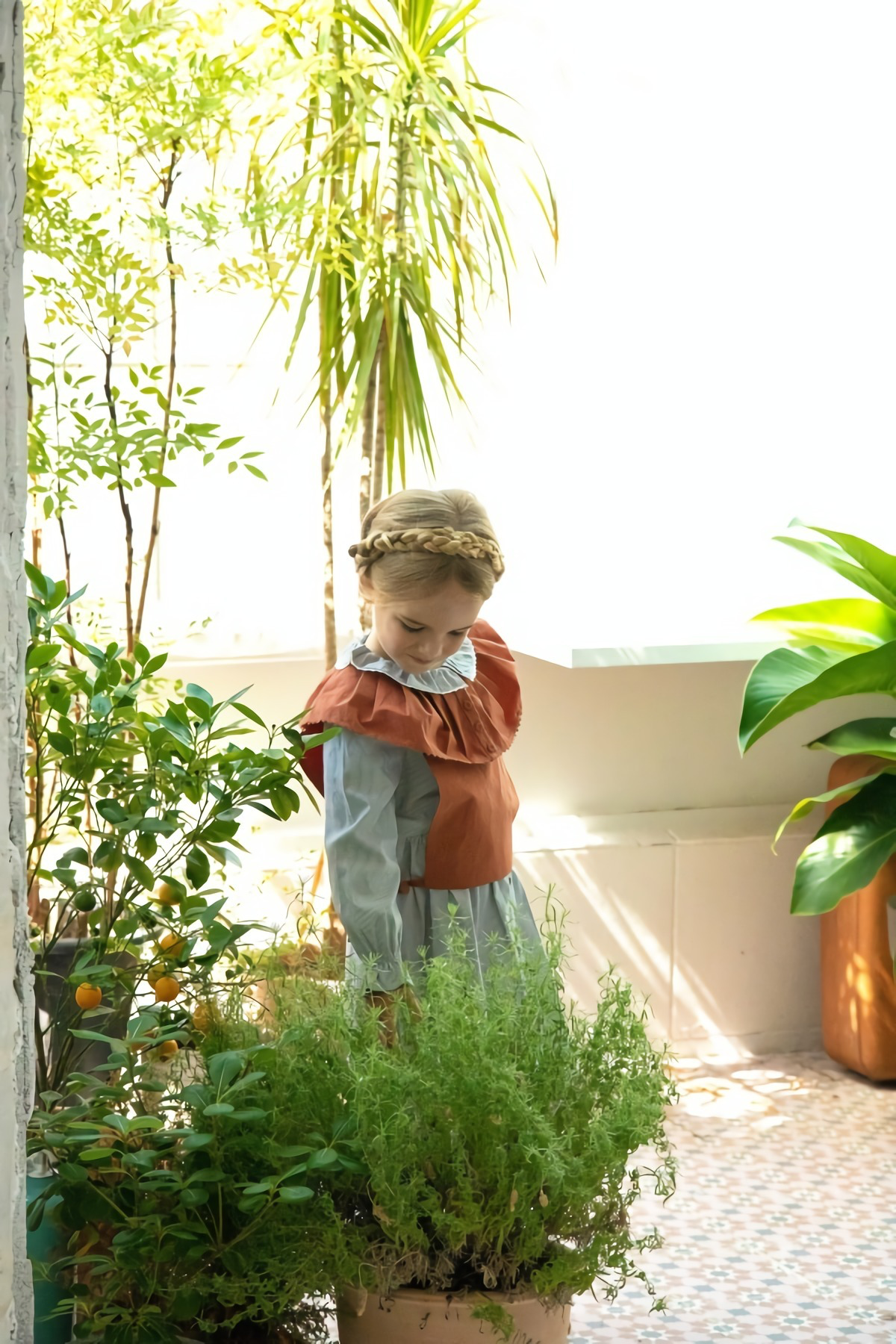
Watering: Ditch the Schedule and Check the Soil
If light is the most misunderstood rule, watering is the one people execute the worst. Please, I’m begging you, ignore any advice that says “water once a week.” A plant’s thirst changes constantly based on the season, how much light it’s getting, the temperature, and even the pot it’s in. The only way to truly know if it’s time to water is to check.
And don’t just poke the surface. The top inch can be bone dry while the root ball is sitting in a swamp. For most pots, I stick my index finger into the soil right up to the second knuckle. For bigger pots, a cheap wooden dowel (like you’d use for baking) works great. If it comes out clean and dry, it’s time to water. If it comes out with moist soil clinging to it, wait a few more days.
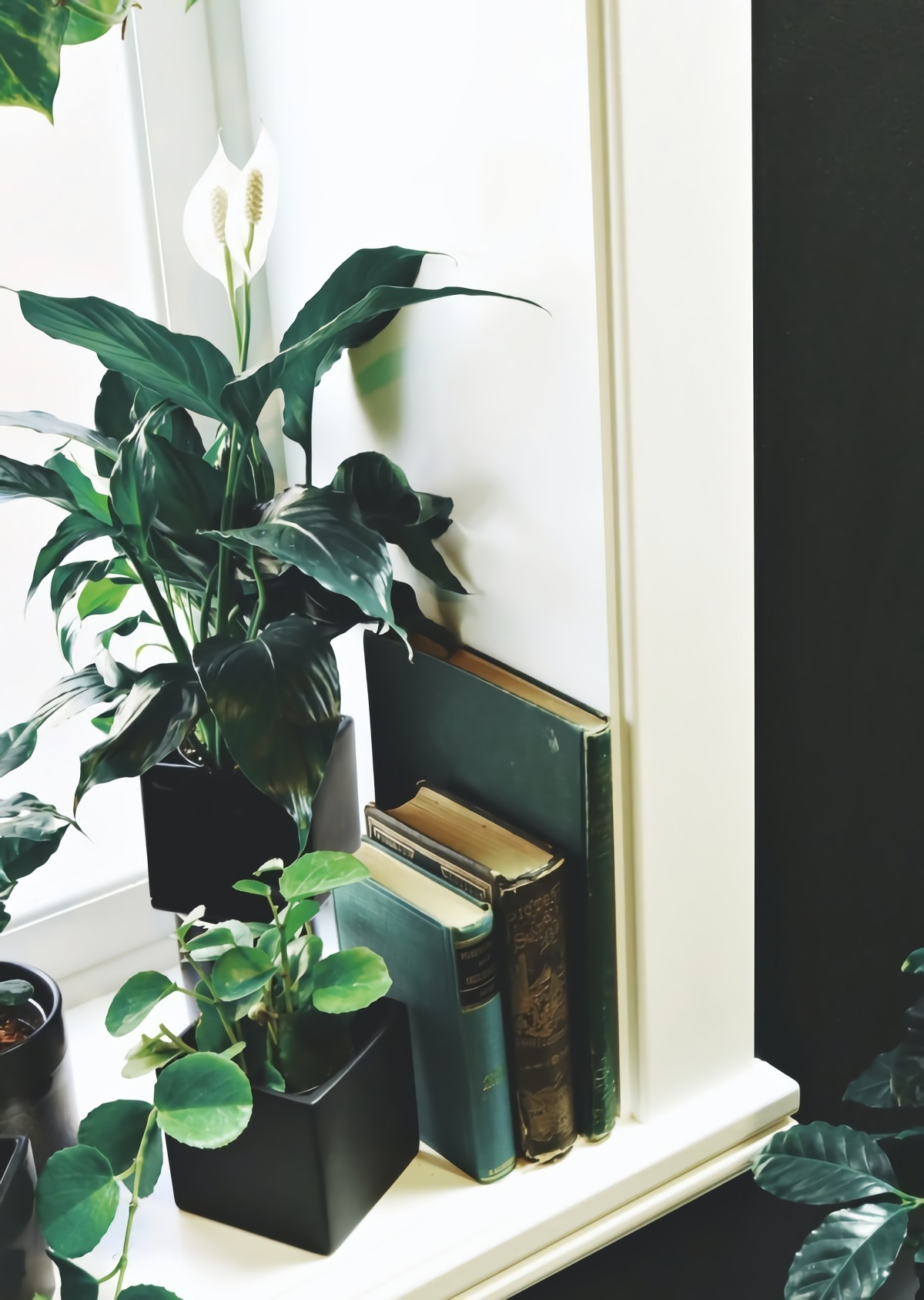
Did you know? A plant can lose over 50% of its roots to rot before the leaves even start to look seriously sad. That’s why checking the soil with your finger is so much more important than just looking at the plant!
The signs of overwatering and underwatering can look confusingly similar—wilting, yellowing leaves—but the fix is totally different. An overwatered plant is suffocating. Its roots can’t get oxygen and they start to rot, which you can sometimes smell (it’s a swampy, gross odor). Seeing a wilted plant, people often water it again, which is the final nail in the coffin. An underwatered plant is just thirsty, and a good, thorough soak will usually have it perked up in a few hours.
Let’s Talk About Soil (and Pots!)
The soil you use is half the battle. That generic bag of “potting soil” from a big box store is often too dense for many common houseplants. In the greenhouse, we use custom blends for everything. You can easily do this yourself!
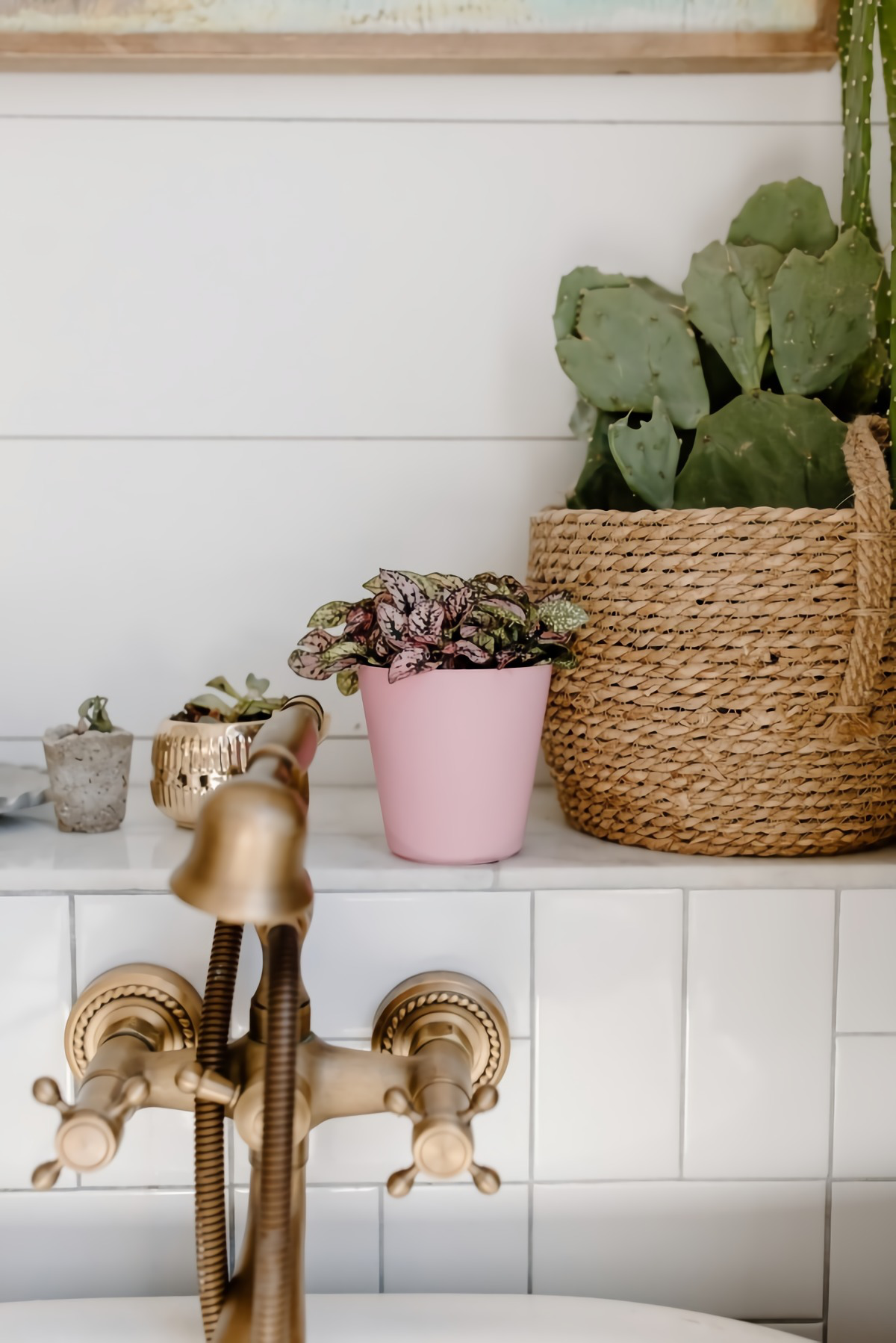
Here’s a basic “Aroid Mix” shopping list for plants like Monsteras, Pothos, and Philodendrons that love airflow around their roots. You can find this stuff at most garden centers or online:
- Orchid Bark: about $10 for a decent-sized bag.
- Perlite: around $8 a bag, it looks like little white styrofoam bits.
- Peat Moss or Coco Coir: roughly $10 a bag.
Just mix them together in roughly equal parts. Your plants will thank you for it. For succulents, you want a grittier mix with sand or pumice to ensure the water drains away fast.
And a quick word on pots. I know you’re going to buy that beautiful ceramic pot with no drainage hole. I get it! But please, don’t plant directly into it. This is where the “cache pot” method saves the day. Just keep your plant in its cheap plastic nursery pot (the one with all the holes) and place the whole thing inside your pretty decorative pot. When it’s time to water, take the inner pot out, water it in the sink, let it drain completely, and then pop it back in. Easy.
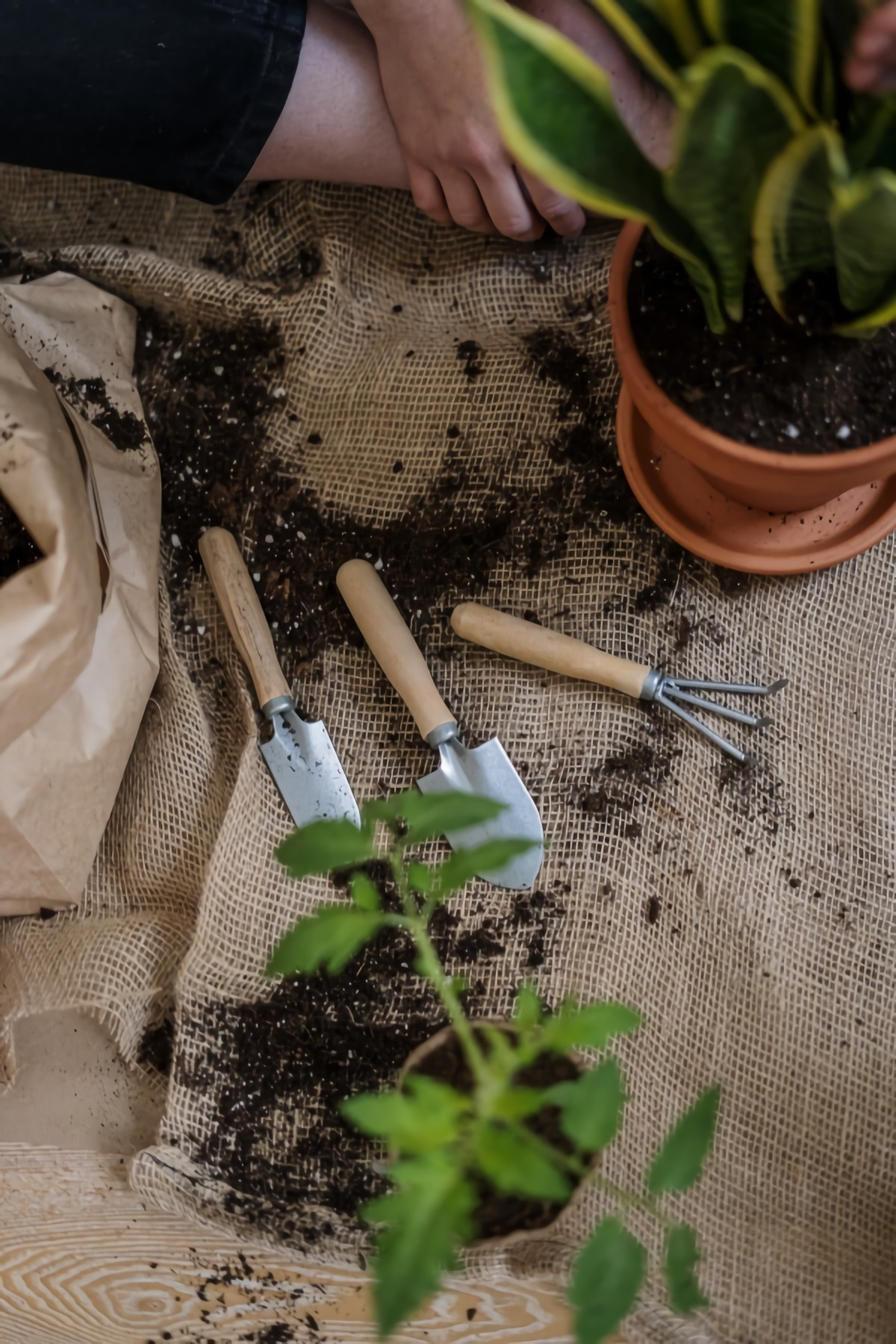
Heads up! Putting gravel at the bottom of a pot with no hole does not create drainage. It actually does the opposite by raising the water level and creating a soggy layer of soil right where the roots are. A drainage hole is non-negotiable for long-term health.
The Quarantine Rule: A Lesson I Learned the Hard Way
Pests happen, but a full-blown infestation is usually a sign that a plant was already stressed. The absolute best defense is a good offense, and that means one thing: quarantine.
I cannot stress this enough. Every single new plant that comes into your home needs to be isolated for at least two to four weeks. I once got lazy and skipped quarantine on a new Calathea. It had thrips that I didn’t see, and they spread to three of my favorite, most established plants. It was an absolute nightmare to fix. Now, I never skip quarantine.
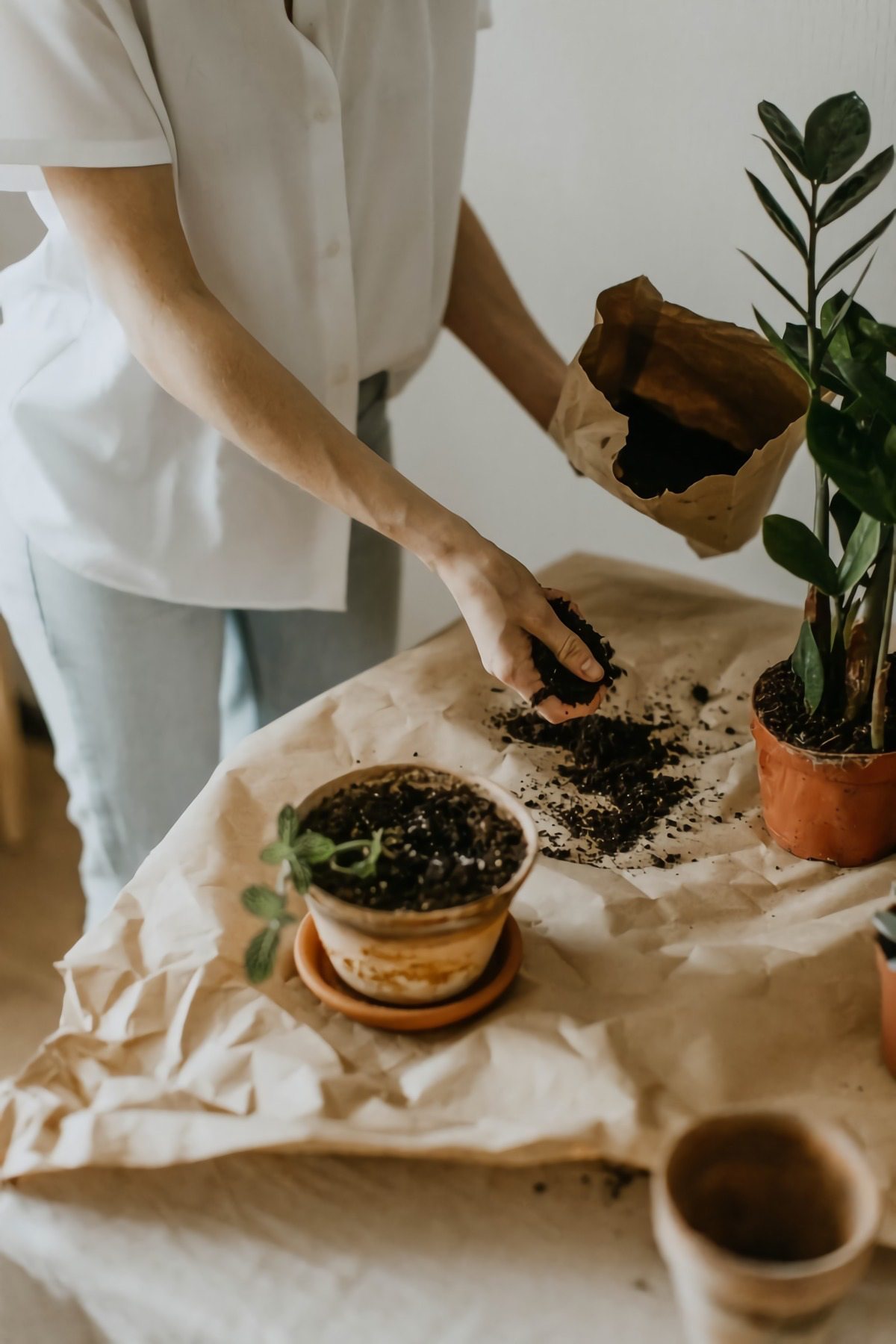
During that time, inspect the new plant every few days. Check under the leaves, in the little crevices where stems meet, and on the soil. You’re looking for things like:
- Spider Mites: Fine, silky webs and tiny white or yellow dots on the leaves.
- Mealybugs: Little white, cottony masses hiding in plant nooks.
- Thrips: Tiny, slender insects that leave silvery patches and small black specks on leaves.
- Scale: Hard or soft little bumps stuck to stems and leaves.
If you find something, don’t panic! Isolate the plant immediately. You can often handle minor issues by dabbing mealybugs with a q-tip dipped in rubbing alcohol or blasting spider mites off in the shower. For a broader treatment, an insecticidal soap or horticultural oil is your best bet. A bottle of neem oil concentrate costs about $15 and will last you for ages. Just mix it according to the directions—usually a teaspoon or so in a quart of water with a few drops of mild dish soap (like a basic blue Dawn or castile soap, nothing with degreasers). Spray the entire plant, and repeat every week for a few weeks to get rid of them for good.
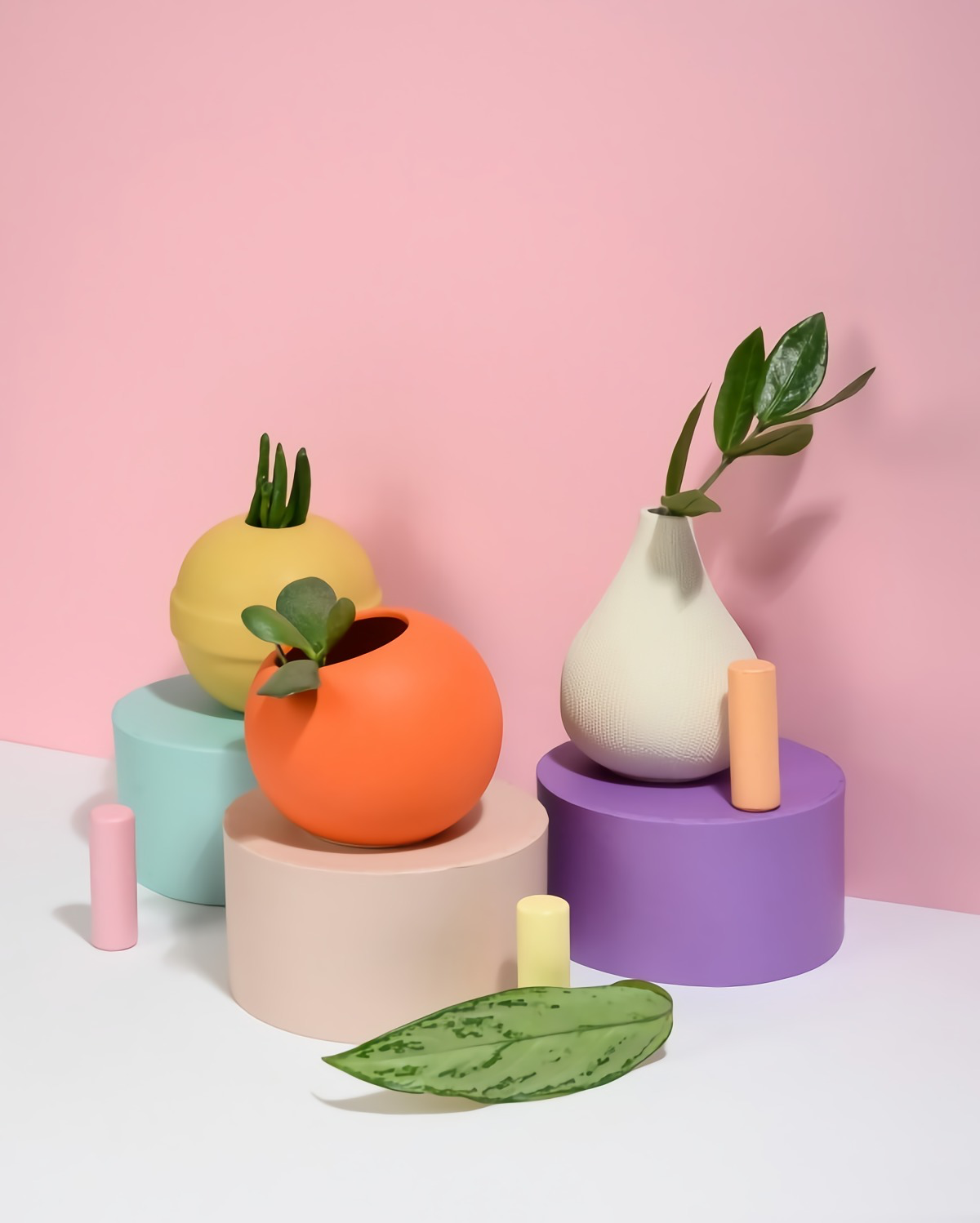
Final Thoughts: Your Mission, Should You Choose to Accept It
Look, caring for plants is a skill you develop over time. It’s a relationship. You’ll have failures—I’ve lost plants that were precious to me, and every single loss taught me something new. Don’t get discouraged by a yellow leaf. See it as your plant talking to you, asking for an adjustment.
So, here’s your mission for this week: Grab your hand and go use the shadow test in every spot you have a plant. Are they really getting the light you thought they were? I bet you’ll be surprised. Try moving just one plant to a better spot. That’s how it starts. By looking closer, understanding better, and enjoying the quiet, green life you’ve brought into your home.
Inspiration:
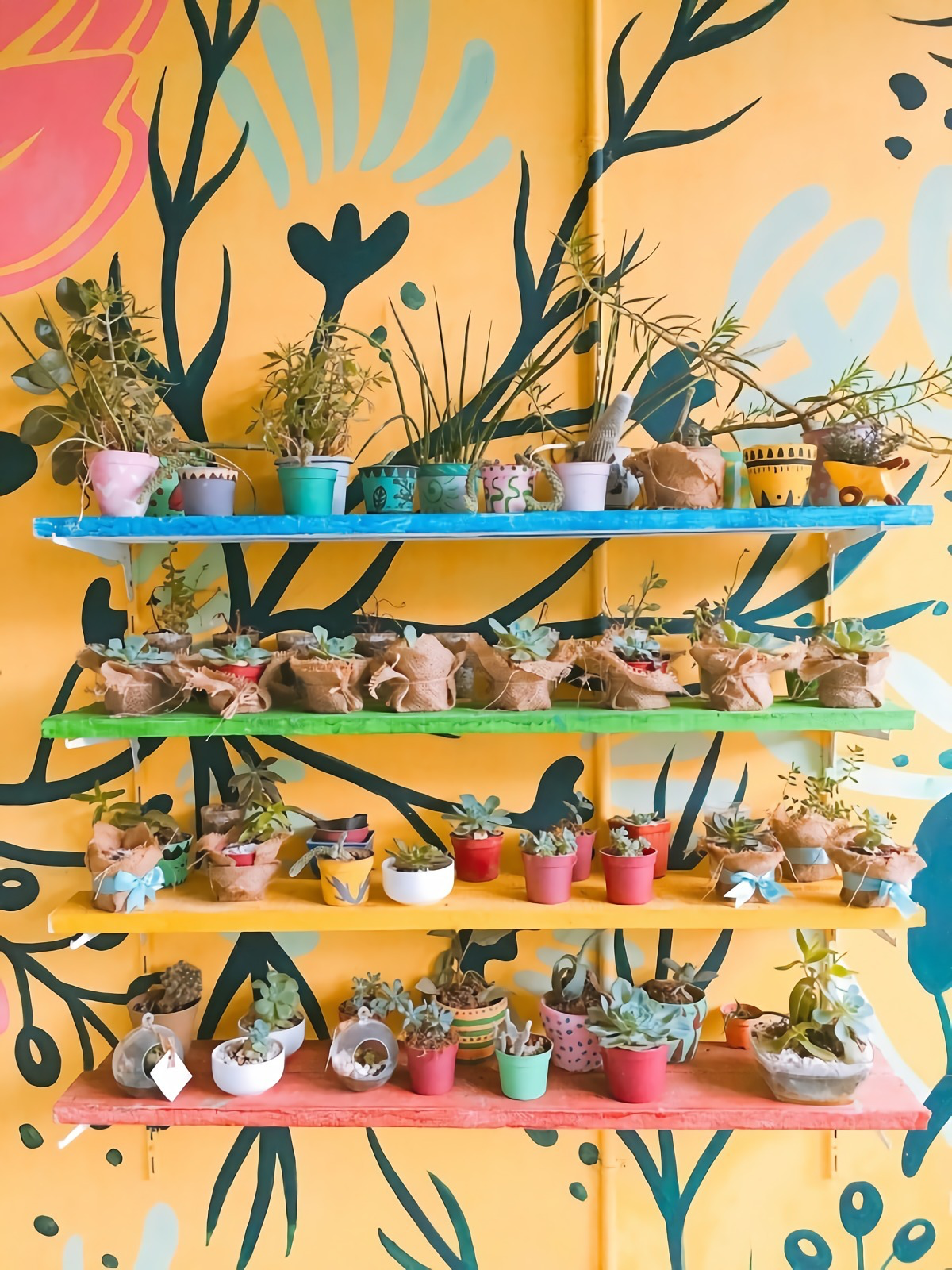
That stunning ceramic pot you love has no drainage hole? It’s a classic rookie mistake to plant directly into it. The pros know better, using a simple technique called the










